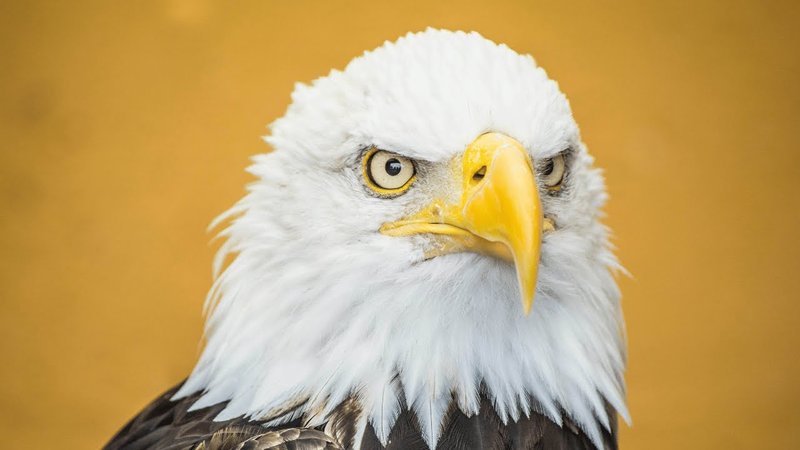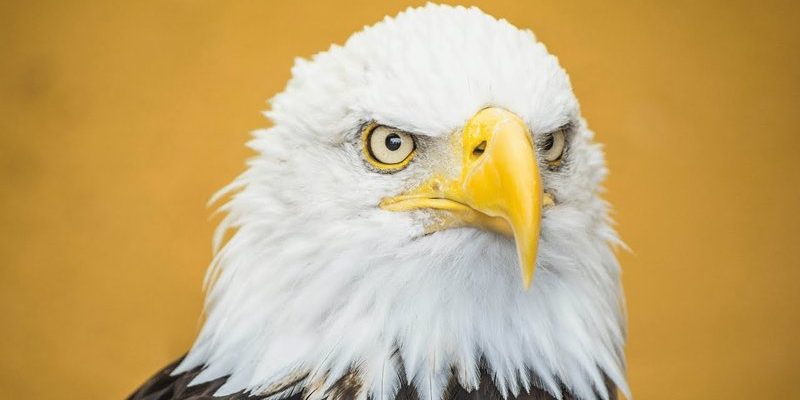
Imagine you’re out for a hike, and you catch a glimpse of something soaring high above. Is it an eagle or just a large hawk? Knowing how to identify an eagle can enhance your outdoor experience and connect you more deeply to nature. Let me guide you through the essentials of spotting these magnificent birds, so you can recognize them and appreciate their beauty in the wild.
Understanding Eagle Species
Eagles come in various species, each with its own unique traits. The two most common types in North America are the Bald Eagle and the Golden Eagle. If you’re in the U.S., keep an eye out for these two—they’re the most likely candidates to grace your skies.
- Bald Eagles have a distinctive white head and tail, which makes them easy to spot. Their bodies are a dark brown, and they have a strong yellow beak. They often live near large bodies of open water and build massive nests in tall trees.
- Golden Eagles are a bit trickier. They have a golden-brown plumage and a broader wingspan. Unlike their bald counterparts, their heads aren’t white and can appear more uniform in color.
Understanding these differences can help you distinguish between them. Think about their habitat too—Bald Eagles love water while Golden Eagles thrive in open terrains, making it easier to pinpoint which type you’re likely to see.
Size and Wingspan
One of the first clues you’ll notice when trying to identify an eagle is its size. Eagles are large birds, and this can be a giveaway. A Bald Eagle can have a wingspan of up to 7.5 feet, while a Golden Eagle’s wingspan typically ranges from 6 to 7.5 feet.
When you’re observing an eagle, take a moment to compare its size against other birds. For example, a turkey vulture has a similarly large wingspan but lacks the distinctive feather patterns of an eagle. You might be wondering how to tell them apart—their flight patterns can help. Eagles tend to soar with a more graceful, steady glide, while vultures flap more often and have a more erratic flight.
During your next outdoor adventure, look for large silhouettes soaring above. That can cue you into seeing an eagle—especially if you’re near water or expansive landscapes.
Feathers and Coloration
Identifying an eagle also comes down to its feathers. The coloration plays a huge role in distinguishing them from other birds. The striking contrast of the Bald Eagle’s white head and tail against its dark body makes it particularly easy to recognize, even from a distance.
Golden Eagles, on the other hand, have a mix of rich browns and golds across their bodies. When in flight, the light can catch their feathers beautifully, creating a shimmering effect. So, when spotting an eagle, pay close attention to the feather colors and patterns. Maybe you’ll see that flash of gold or that stark contrast of white and brown!
Remember, lighting conditions can affect how colors appear, so try to observe them in different times of the day. Early mornings or late afternoons often provide the best light for bird-watching.
Behavioral Traits
Eagles have some unique behaviors that you can observe to help with identification. For instance, Bald Eagles are known for their impressive fishing skills. If you see a bird plummeting toward the water and then rising with a fish clutched in its talons, chances are you’re witnessing a Bald Eagle in action.
Golden Eagles are more likely to hunt small mammals, and they often use a strategy of soaring high before diving down quickly to catch their prey. You might even spot them perched imposingly on cliffs or high vantage points as they survey their territory.
Take note of how they interact with their environment. Eagles often display certain behaviors like circling around their nesting grounds or vocalizing with a series of quick, sharp calls. Watching these behaviors can be an exciting part of your eagle-spotting adventure, making each encounter memorable.
Habitat Preferences
Understanding where eagles prefer to live can greatly enhance your chances of spotting one. Bald Eagles are often found near large bodies of water, like lakes, rivers, and coastlines, where they can easily find fish. These areas often have tall trees or cliffs nearby, providing great nesting spots.
On the flip side, Golden Eagles thrive in open grasslands, mountains, and areas where they can hunt for small mammals. They are less tied to water sources than Bald Eagles, so keep this in mind when scouting for them.
When planning your next adventure, consider the landscape of the area. If you’re hiking near a large lake or river, it’s prime Bald Eagle territory. For a shot at seeing Golden Eagles, try hiking into the hills or mountains where they can be found riding the thermals in search of food.
Tools to Help You Spot Eagles
While your eyes and knowledge are your best tools, certain items can enhance your eagle-spotting experience. Consider bringing along a *pair of binoculars*. These will let you see details from a distance without disturbing the birds.
Also, a field guide can be incredibly helpful for quick references. Many guides include illustrations, descriptions, and even calls, helping you identify which eagle you’re looking at before it’s gone. You might also want to download a bird identification app on your phone—technology can be a great companion in your bird-watching journey!
Additionally, if you’re serious about bird-watching, you might invest in a *camera with a good zoom lens*. Not only will you be able to capture beautiful images, but you’ll also improve your observational skills—as you’ll be spending time focusing on the details.
Respecting Eagles in Their Habitat
When you finally spot an eagle, it’s important to remember to respect their space. Eagles can be sensitive to disturbances, especially during nesting seasons. Keeping your distance and observing from afar is not only courteous but also allows you to enjoy a more genuine experience.
Try to minimize noise and sudden movements. If you’re in a group, keep conversations quiet to avoid scaring them away. Also, consider sticking to established paths and viewpoints to avoid causing unnecessary stress to the wildlife.
Your goal is to appreciate these magnificent birds, not disrupt their natural behaviors. Understanding how to observe without interfering can deepen your appreciation for nature and give you a more rewarding experience.
In conclusion, identifying an eagle in the wild can be a thrilling adventure. By understanding their species, size, coloration, and behaviors, you’ll be better equipped to spot these incredible birds. So, the next time you’re outdoors, keep your eyes peeled and enjoy the awe of seeing an eagle soar across the sky. Happy bird-watching!

